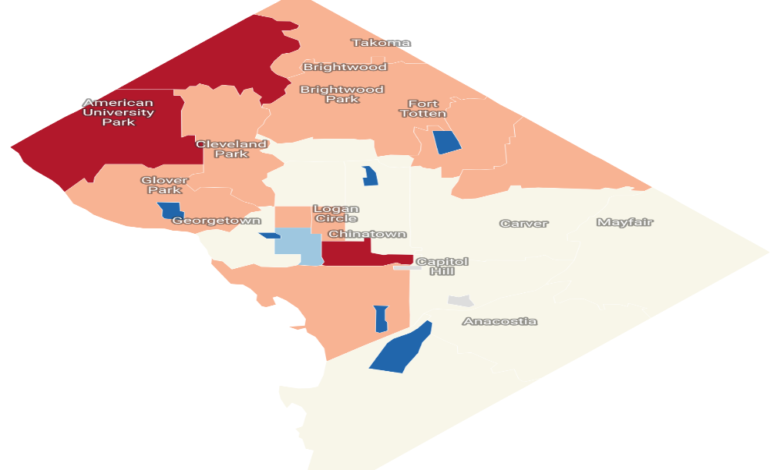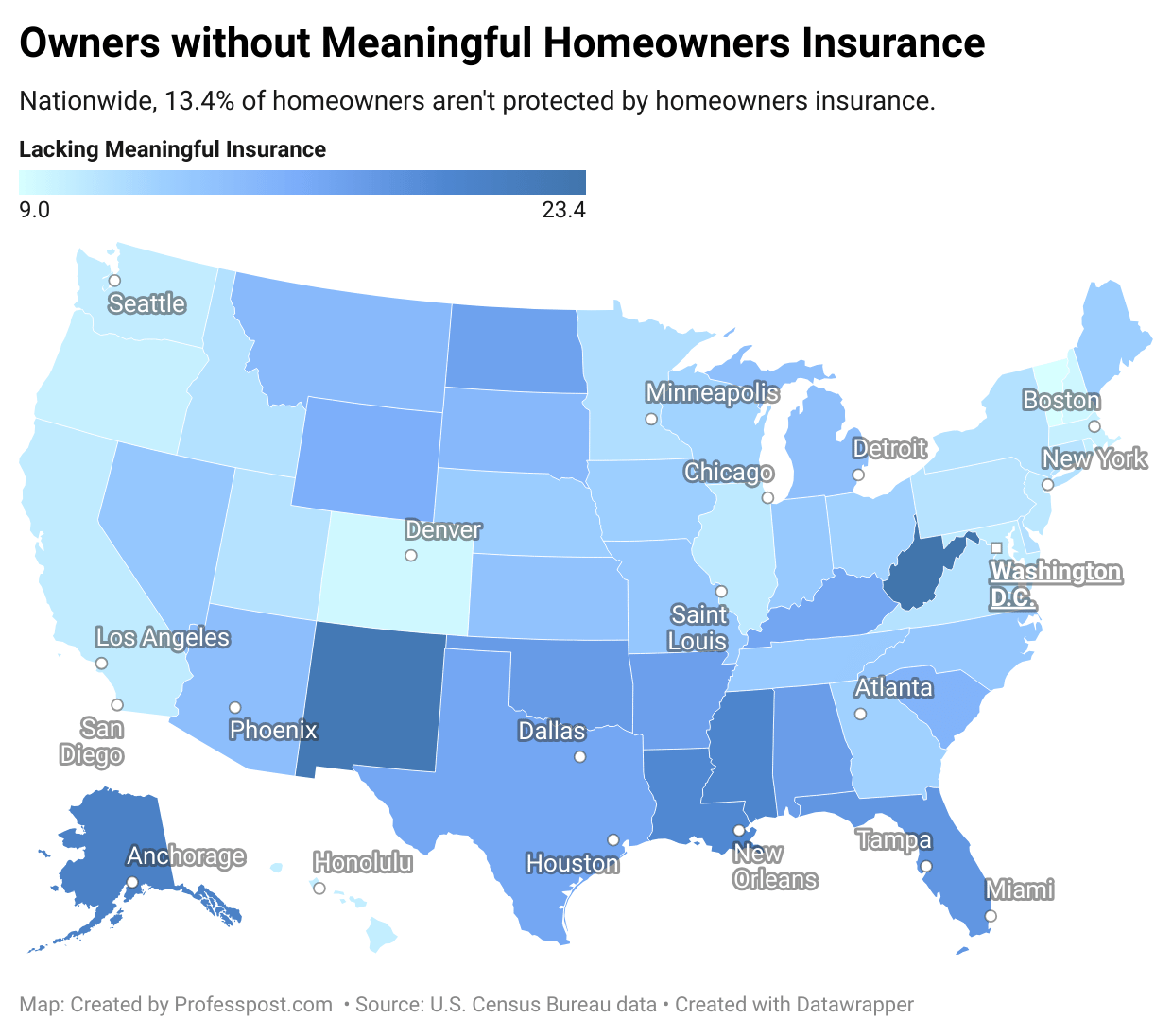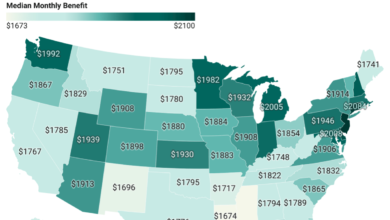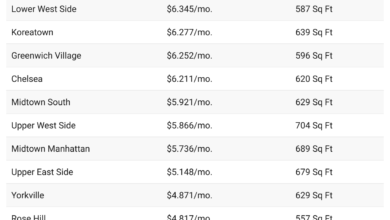Median Age in Washington,DC by Zip Codes / 2023

Washington D.C., a city of vibrant neighborhoods and diverse populations, exhibits a fascinating range in median ages across its various zip codes.
An analysis of data from data.census.gov for 2023 reveals notable variations, offering a glimpse into the demographic makeup of different communities. This article explores these age differences, connecting them to the corresponding neighborhoods where possible.
It’s important to note that zip codes don’t perfectly align with neighborhood boundaries. However, they can offer a useful approximation. Also, keep in mind that median age represents the midpoint of the age distribution; half the population in that zip code is younger, and half is older.
Areas with Younger Populations:
Several zip codes in Washington, D.C. exhibit a notably younger median age. For example, zip code 20059, with a median age of 18.8, likely encompasses areas near universities or with a high concentration of young professionals. Similarly, 20037 (21.2), 20373 (22.6), 20006 (25.4), 20057 (19.8), 20064 (19.8), and 20052 (19.5) also show relatively young populations. These zip codes often correspond to neighborhoods like areas around Georgetown University (20057), George Washington University (20052), and parts of downtown or near federal buildings where younger workers might reside. The presence of student populations or a concentration of entry-level jobs can contribute to lower median ages.
Areas with Middle-Aged Populations:
A significant portion of D.C. falls into the middle range of median ages. Zip codes like 20032 (34.9), 20020 (33.3), 20003 (34.6), 20024 (36.3), 20031 (31.3), 20005 (35.2), 20036 (35.2), 20008 (39.5), 20009 (34.2), 20001 (32.8), 20017 (35.9), 20018 (39.7), 20002 (33.7), and 20019 (33.8) fall within this category. These likely represent a mix of residential neighborhoods, including areas like Capitol Hill (parts of 20003), Dupont Circle (parts of 20036), and others. These areas often attract a diverse range of residents, from young families to established professionals, resulting in a more balanced age distribution.
Areas with Older Populations:
Several zip codes in D.C. have a higher median age, indicating a larger proportion of older residents. Zip codes like 20004 (42.4), 20016 (42.9), 20015 (46.1), 20012 (40.2), 20011 (37.6), and 20010 (32.9) fall into this category. These zip codes often correspond to neighborhoods with more established housing and potentially a higher concentration of retirees or empty-nesters. Areas in Northwest D.C., for example, might exhibit these demographics.





